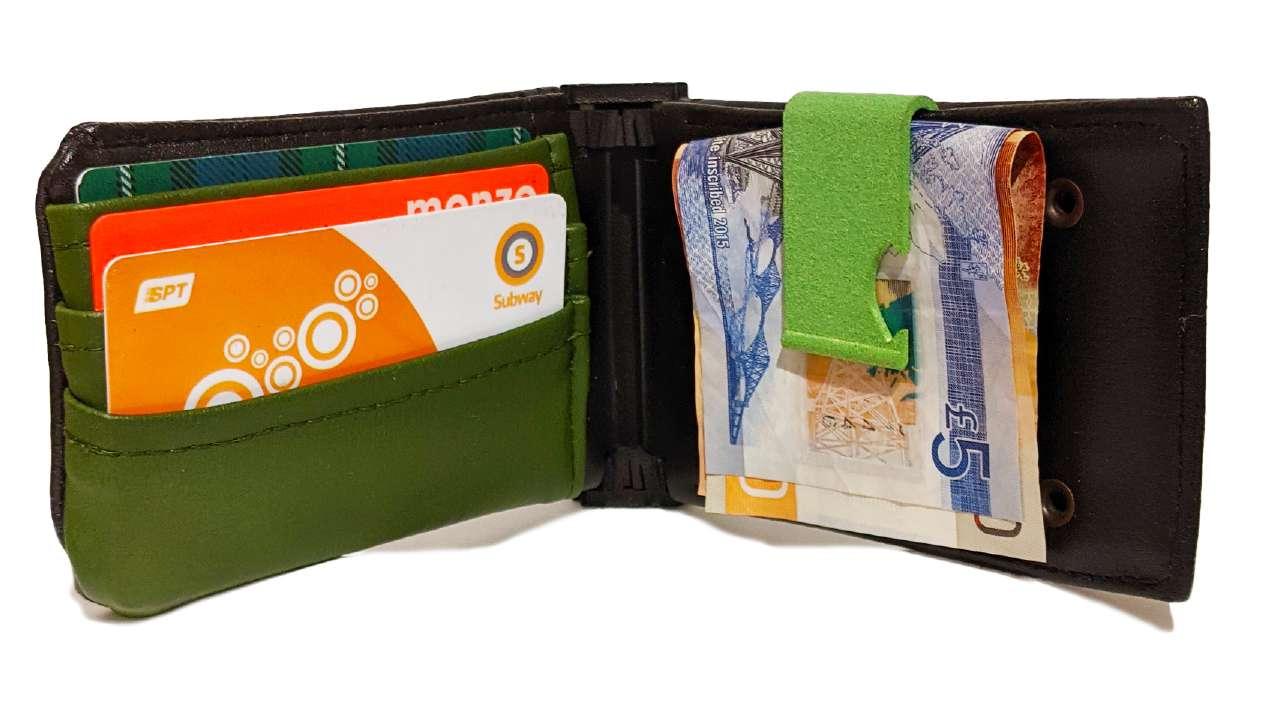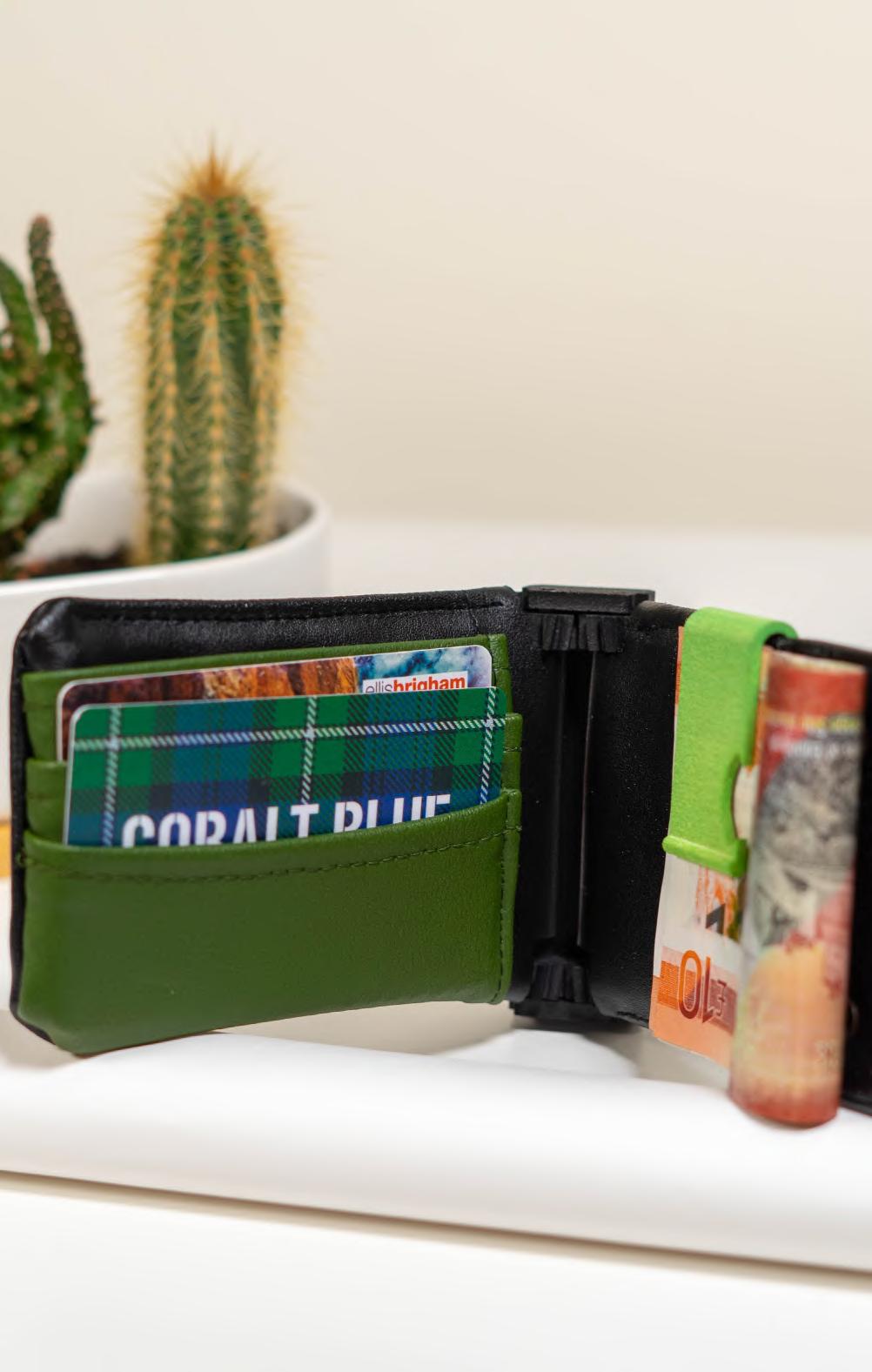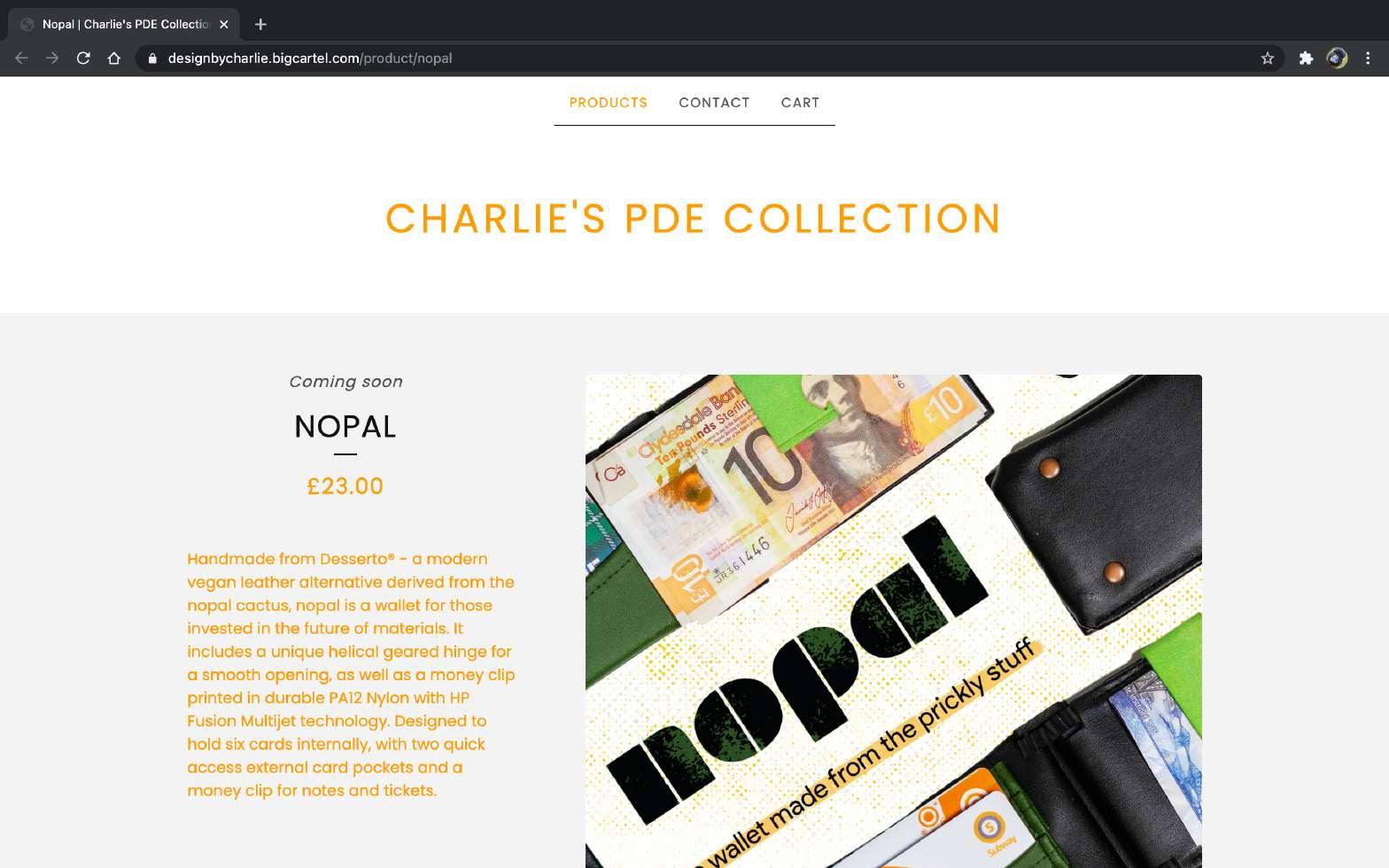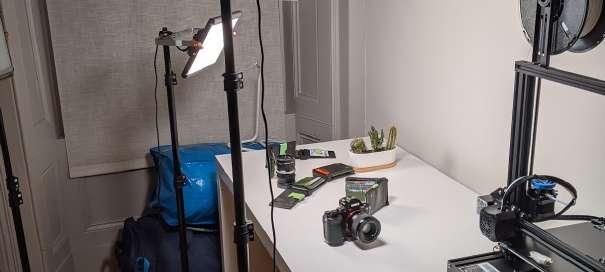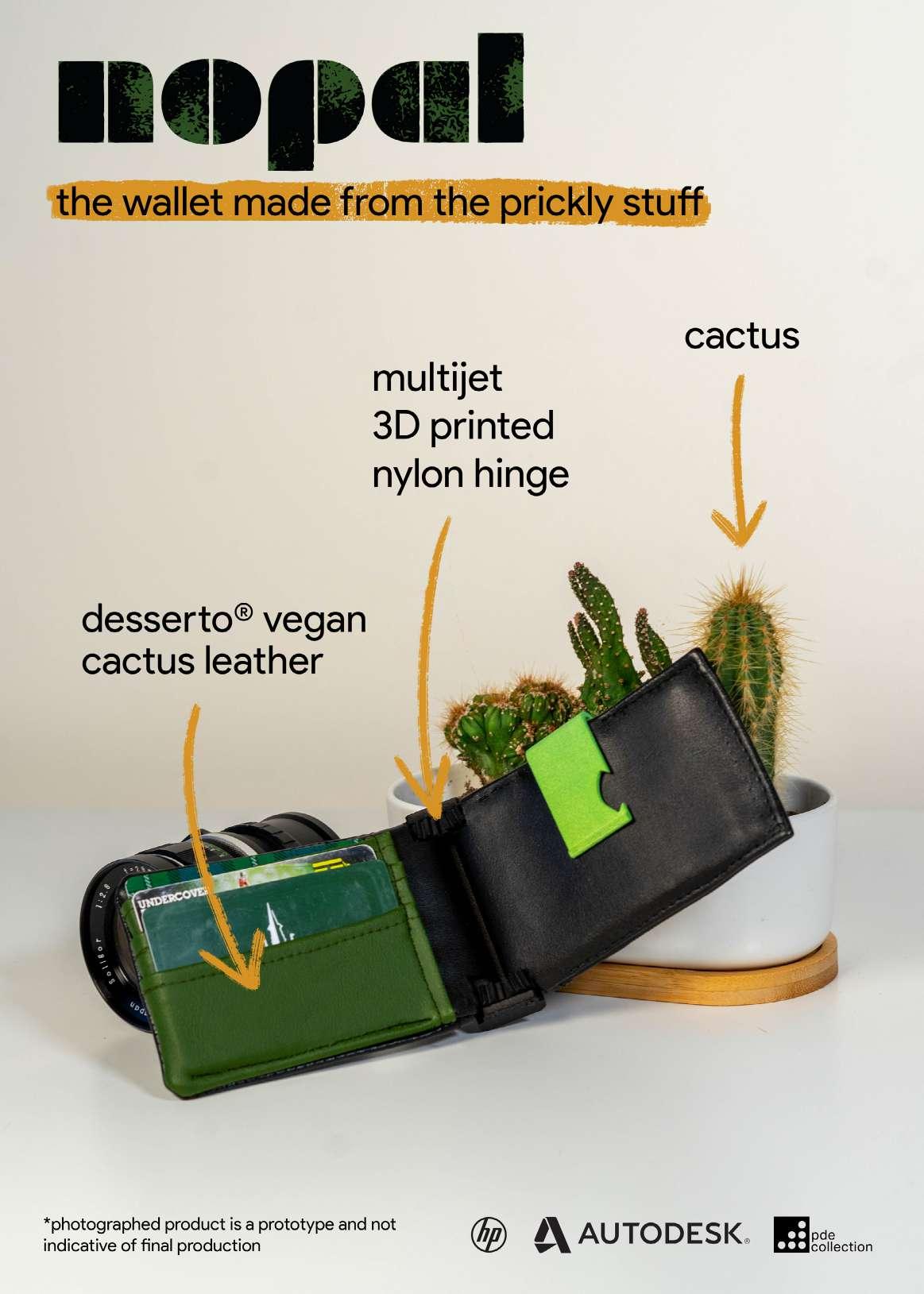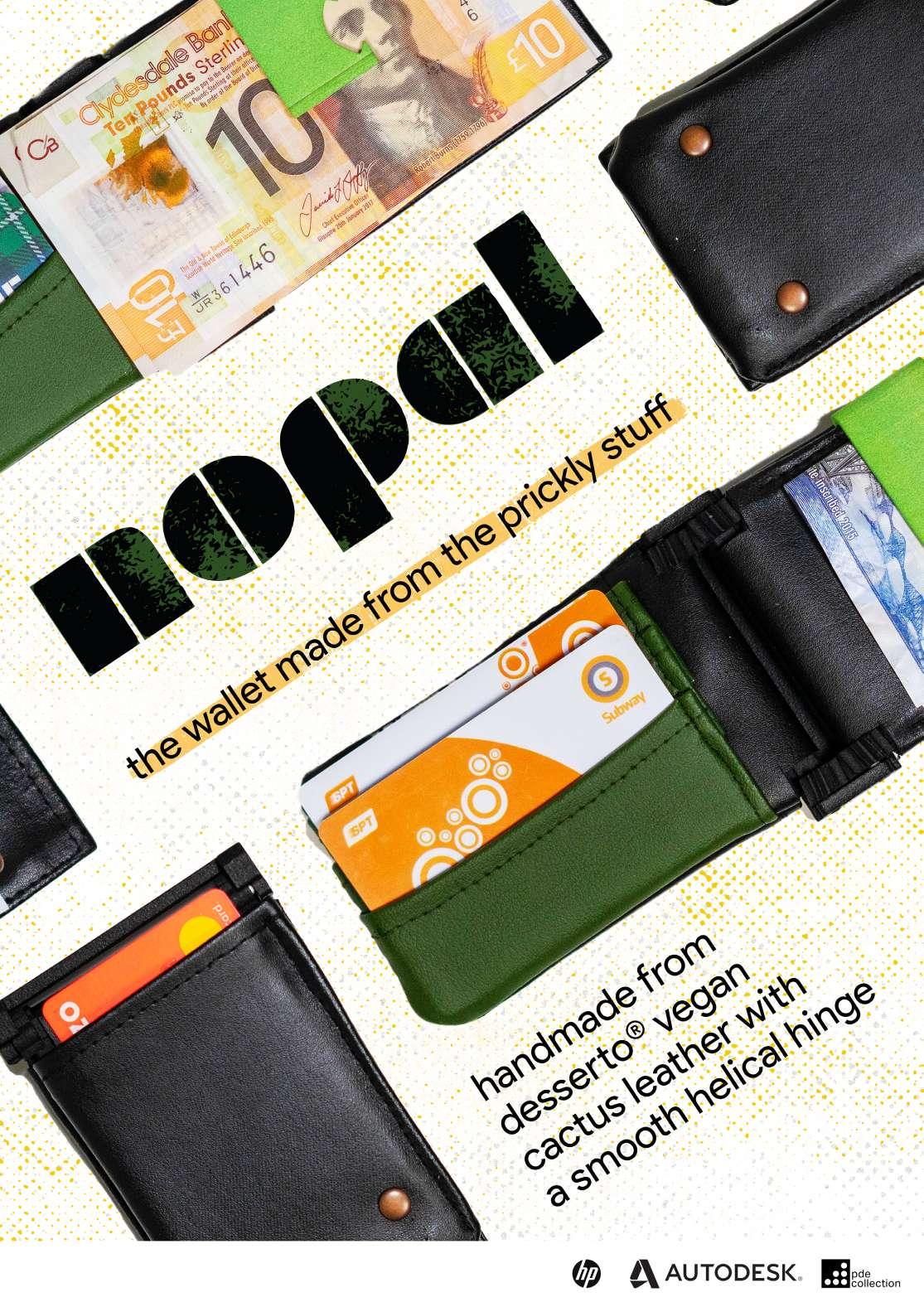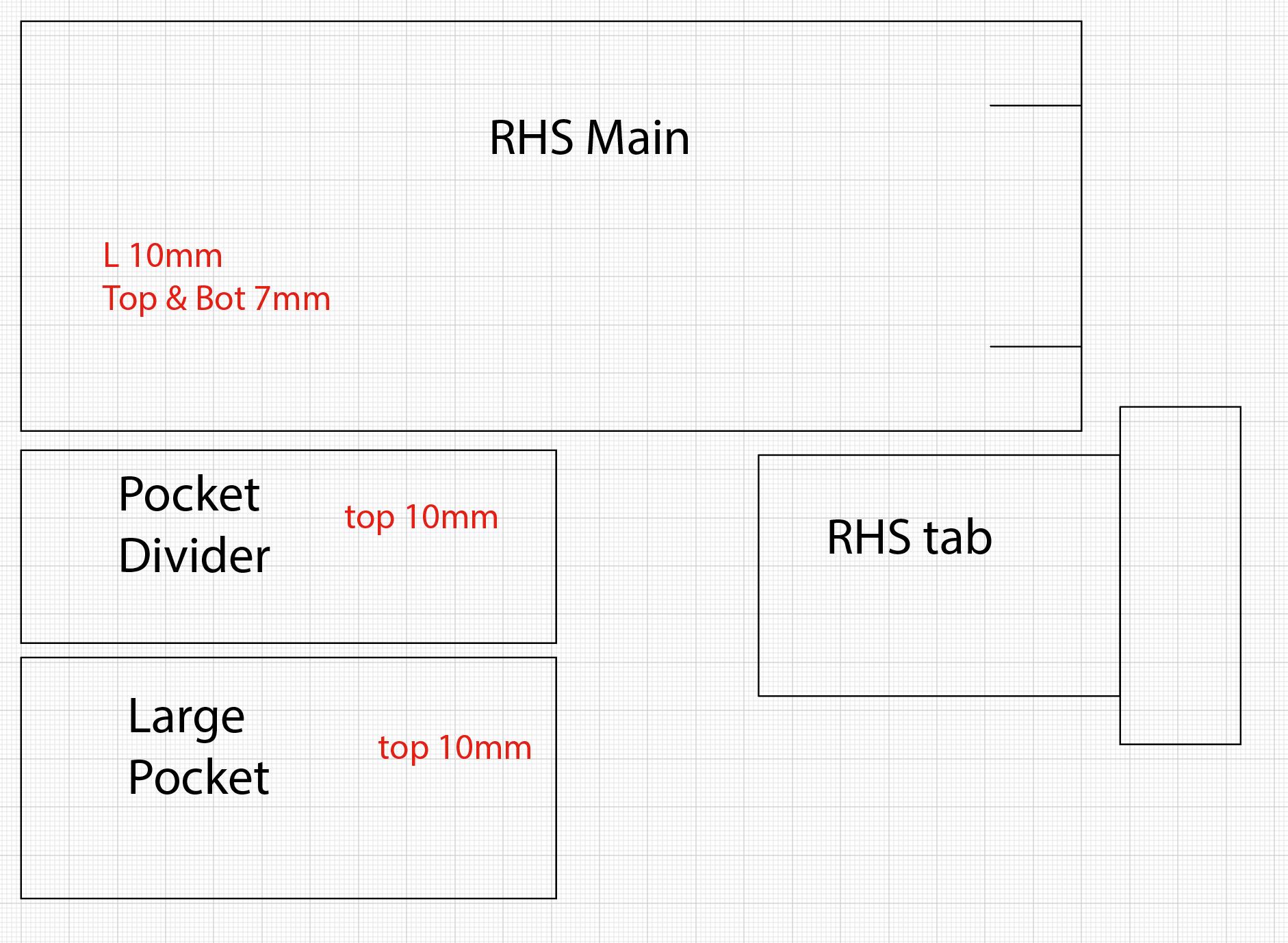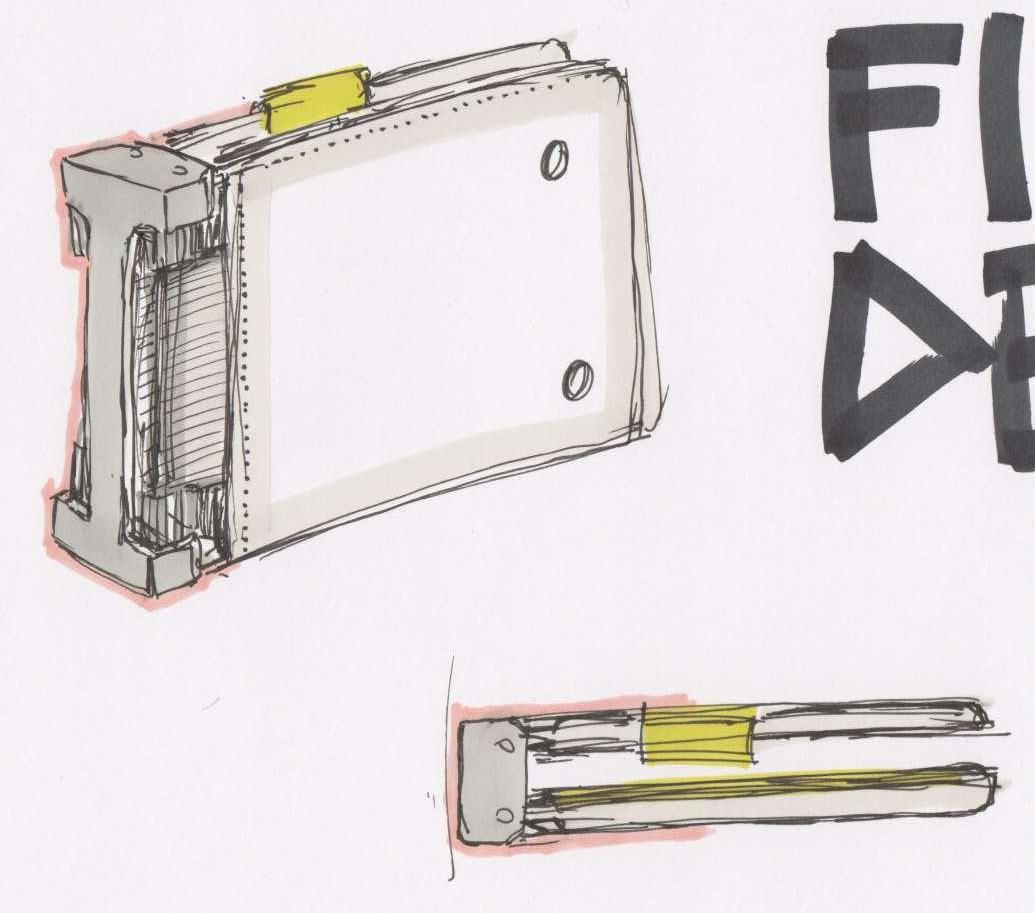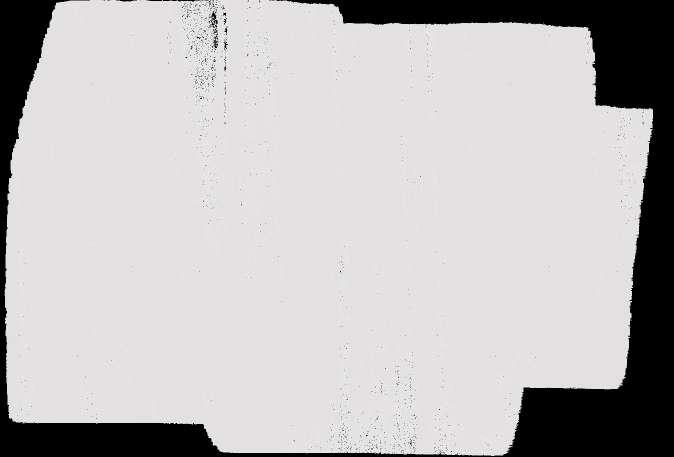
1 minute read
product analysis II
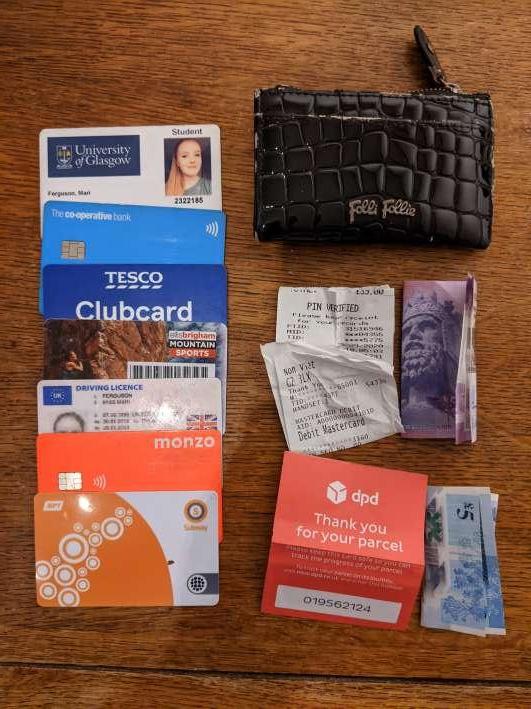
Subject 1 - My flatmate Mari
Advertisement
• 7 cards, 2 notes, 1 receipt, 0 coins, one DPD token • 2 Bank Cards, kept together in front pocket • All other cards kept on inside of zipped main pocket • Cash folded into 4 and put inside zipped pocket • Receipts folded in 2 or crumpled and stored in side pocket Mari’s wallet was very small and compact, measuring not that much larger than a single card. However, it compromised on this small size by having very few features such as a single card slot. Mari paid approximately £8.
Subject 2 - My flatmate Sophie
• 3 cards, 3 notes, 0 receipts, 5 coins, 0 other items. • Each card had its own slot • Notes folded into quarters and put in centre zip pocket • Coins put on a specific side of the notes in centre pocket. Like Mari, Sophie used a slim wallet, however hers was the same height as a card but longer. It exhibited a simple, two tone design using different colours of soft leather. Unlike Mari’s the wallet had 4 external vertical card slots, and a large pocket on the other side. This was a slightly more upmarket brand and cost around £30 Wallet thickness comparison
Looking at the wallets of my flatmates gave me a better understanding of how other people use and organise their wallets. From this, I found that there are many different use-cases for wallets. I will further my research and conduct a public survey.
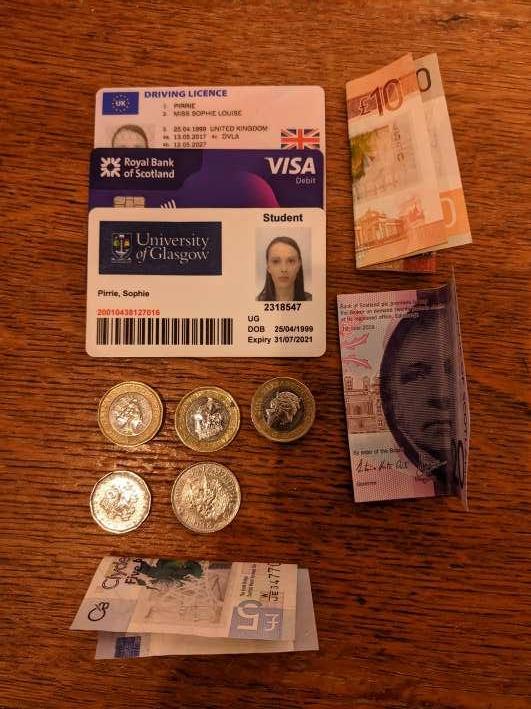
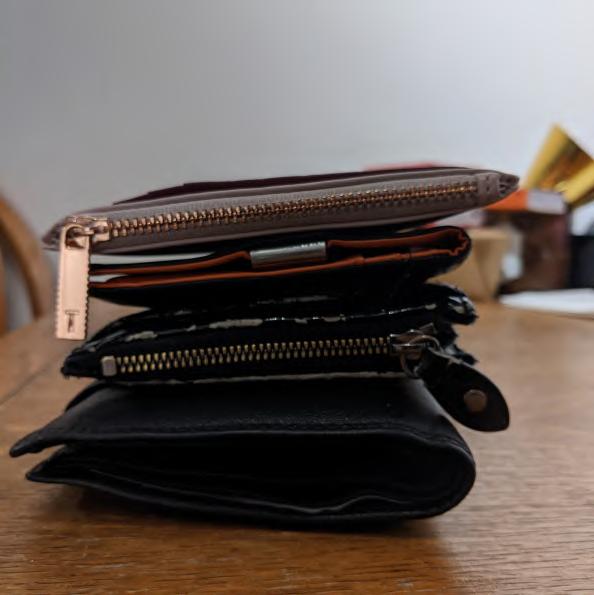
So What?
Looked at some examples of wallets in use Analysed the way in which cards and other objects are organised in wallets.
What Now?
Conduct a larger survey to back up my findings Find the average amount of cards/notes etc in a wallet.

